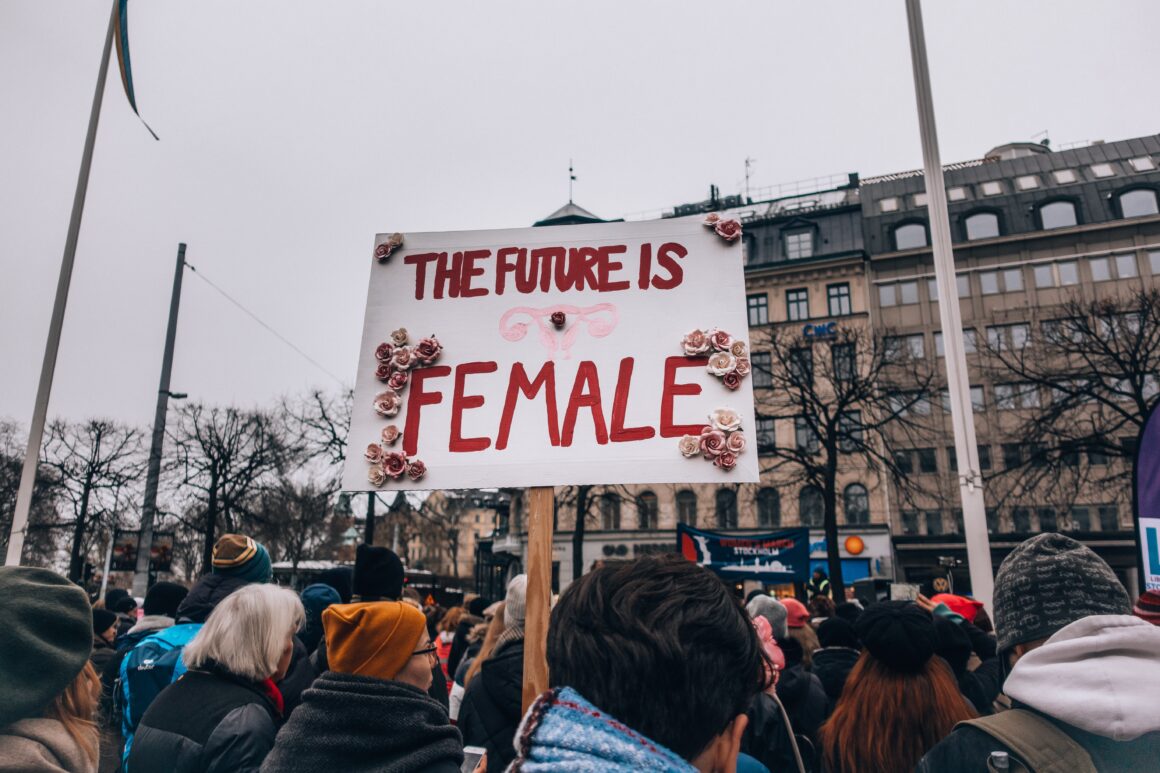Yesterday was an incredible day for feminism. Not only was the Women’s March estimated to have been the biggest one-day protest in U.S. history, with an incredible 2.9 million marching all over America, the feminist solidarity was palpable all across the globe. Though I am proud beyond words of yesterday’s events, something continues to trouble me: trans-exclusionary ideologies are rampant.
Though many feminists support inclusivity and the trans community, transphobia in the feminist movement is still a deeply entrenched issue. While it is represented in extreme ways by TERF’s, or Trans-Exclusionary Radical Feminists (term for loosely-organized group of “feminists” who actively voice their transphobia) and controversial radical feminists like Sheila Jeffreys, who believes gender-reassignment surgery is a type of mutilation, trans-exclusionary ideologies are often far more subtle. Here are some examples, coupled with explanations on how they can promote toxicity and exclusionary ideas.
- The belief that a vagina is the only symbol of womanhood
“Pussy grabs back,” “Viva la vulva,” and signs about ovaries/menstruation/uteruses were super common slogans/sentiments at the Women’s Marches and in the current feminist movement in general. First and foremost, please understand that it is 100% appropriate and commendable to advocate for female reproductive and sex-related rights–they are extremely important issues worldwide (especially in the message of yesterday’s marches) and I am not arguing the contrary. The message I am trying to convey is that vaginas are not the only representation of womanhood. Trans women deserve to be represented in our feminist narrative regardless of their anatomy. Cis women, fight for your sexual reproductive rights, be proud of your sexual anatomy, but don’t forget your trans sisters who deserve representation as well.
- Failing to recognize cis privilege
From using public restrooms without fear of verbal or physical abuse to growing up with a larger scope of relatable role models to having assurance that you won’t be denied a job, hospital/shelter services, etc. because the gender on your ID doesn’t match your identity, there are many privileges that we cis individuals take for granted. As cis feminists, it is tremendously important that we have an awareness of this privilege and of the often unseen struggles trans women go through in everyday life so that we can be vocal on the issues they face and fight for greater trans respect and equality.
- Glorifying an extremely narrow image of feminism
You know what image I’m talking about. The Taylor Swift, Lena Dunham, Amy Schumer trifecta of problematic, white cisgender feminism. The issue with these white cis celebrity feminists is the fact that they notoriously prioritize a very tiny slice of feminism. By only promoting feminist ideas that women like them, white and cisgender, can relate to, they perpetuate silence on pressing issues faced by WoC and trans women–which desperately need attention, and often desperately lack it. Then, as the media and these celebrities’ audiences glorify them as the picture-perfect image of feminism, the belief that these women are doing everything right is basically created. When audiences hear the narrow messages these women are putting out and are trained by the media and their peers to believe that that’s all there is to feminism, activism and awareness for trans women is buried even further.
- Ignoring intersectionality
Intersectionality, a term first coined in 1989 by American professor Kimberlé Crenshaw, is the backbone of inclusive feminism. It is the concept and of how oppressive institutions (racism, sexism, homophobia, transphobia, etc.) are interconnected and cannot be examined separately; a study of overlapping social identities and how as women we experience oppression in differing levels of extremity. Only by acknowledging the intersections of oppression and identity that women face can we achieve effective inclusivity in our feminist movement. We must embody a feminist movement that is intersectional. We must fight for the visibility of trans women. We must share their stories, their triumphs, their struggles, and the oppressive issues that they constantly face. We must fight for an inclusive sisterhood.
Never let trans women become an after thought in the feminist narrative. Though you may not share their struggles, it is important to understand that all women are valid and deserve to be fought for–this is the true meaning of feminism. In the words of visionary feminist poet Audre Lorde, “I am not free while any woman is unfree, even when her shackles are very different from my own.”



Comments are closed.